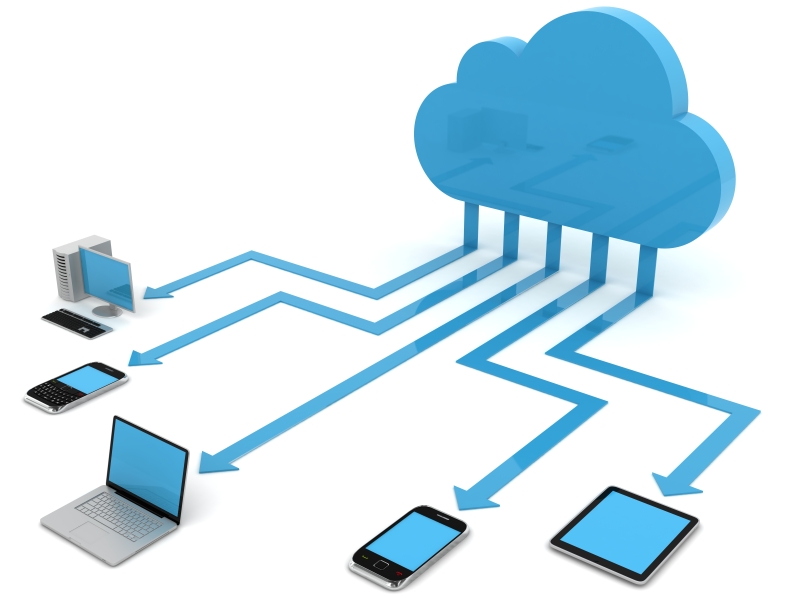

Performance and latency can also impact the location of local cloud storage. Additionally, highly regulated industries like financial services, legal institutions, and gaming have regulatory governance mandates that specify that transactions occur in and information is stored in a specific state or locality.Ĭloud service providers can offer LCaaS deployments that reside in specific geographies – even in a customer’s own data center location – to ensure that governance and regulatory compliance issues are being met. For example, the European Union’s General Data Protection Regulation (GDPR) specifies where personally identifiable information (PII) of its citizens may be stored. Many organizations are required to store sensitive information in specific geographies, which may be different from a cloud provider’s own data centers. These technologies, built on cloud, demand smart edge (LCaaS) locations where IT, operational technology (OT), and the customer experience (CX) intersect. Some innovation areas fueling LCaaS include augmented and virtual reality (AR/VR), Internet of Things (IoT), robotics, autonomous vehicles, 3D printing, cognitive/artificial intelligence (AI), and rapid image processing. The trend toward LCaaS is expected to have its greatest impact in urban core industries such as hospitals, factories, and transportation hubs, especially where there is a demand for local edge environments where users demand a better edge performance experience powered by 5G and WiFi6.


This calls of a rethinking about consumption of IT resources, as processing and intelligence increasingly moves to the edge, powered by IoT, AI, and machine learning. The promise of faster refresh of IT systems and devices.
#LOCAL CLOUD SERVICES DRIVERS#
A recent IDC study found that primary drivers for opting for flexible consumption models such as a local cloud as a service are:


 0 kommentar(er)
0 kommentar(er)
